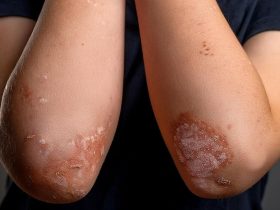No significant association observed between average annual emergency department volume and restraint use
By Lori Solomon HealthDay Reporter
THURSDAY, Dec. 22, 2022 (HealthDay News) — In mental and behavioral health (MBH) emergency department visits for children, higher rates of pharmacologic restraint are associated with male sex, Black race, timing of visits, and revisits, according to a study published online Dec. 19 in Pediatrics.
Ashley A. Foster, M.D., from the University of California in San Francisco, and colleagues used emergency department visit data identified from the Pediatric Health Information System (2010 to 2020) to identify 545,800 visits by children (aged 3 to 21 years) with a primary MBH diagnosis. The association between patient- and hospital-level factors and pharmacologic restraint use was examined.
The researchers found that 4.1 percent of visits involved pharmacologic restraint use. Restraint was associated with visits by children aged 18 to 21 years (odds ratio, 1.88), male sex (odds ratio, 1.25), Black race (odds ratio, 1.22), visits starting overnight (odds ratio, 1.68), visits starting on a weekend (odds ratio, 1.26), and repeat emergency department visits (odds ratio, 1.31). While every 100-visit increase in average annual MBH volume was associated with a 0.09 percent decrease in restraint use, there was no significant association between average annual emergency department volume and restraint use.
“In mental and behavioral health emergency visits for children, male sex, Black race, timing of visits, and revisits were associated with pharmacologic restraint,” the authors write. “These findings have implications for equitably managing agitation in youth in the pediatric emergency department.”
Copyright © 2022 HealthDay. All rights reserved.







